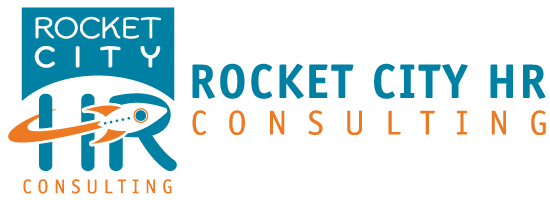World Mental Health Day is a great opportunity to discuss how you, as an HR professional or employer, should be supporting your employees to boost and protect their mental health. Mental illness is not uncommon. In fact, according to the CDC, nearly 20% of adults in the United States reported some form of mental illness in 2016. It is likely you have had employees suffering from mental illness within your organization either previously or currently, and you may have never been aware. While it is possible for many people to suffer in silence, mental illnesses can affect your employees’ morale and productivity as much as physical illness. So, what should you do to help beyond ensuring compliance with FMLA and ADA standards?
A key component to protecting your employees’ mental health is to implement activities and programs designed to advocate mental health. You may already be utilizing some methods, such as encouraging work-life balance; breaks at work; or healthy de-stressing activities for outside of work, such as yoga or even knitting. However, you should also consider such interventions as hosting a mental health professional to come in and discuss common signs of degrading mental health and recommended methods of self-care or perhaps circulating self-assessments from such resources as Mental Health America or American Mental Wellness Association for your employees to assess the status of their mental health and whether they should be seeking outside help. However, once your employee recognizes that they need professional help, they will also need to know how to access such help.
Unfortunately, it is not enough to implement programs and activities to promote your employees’ mental health. Some mental illnesses are beyond simple interventions and require professional help, and you should ensure that your employees can access that help when they need it. You can start by becoming very familiar with your company’s benefits as they apply to mental health and organizing the information into a simple document that clearly guides an employee on how to access professional help covered under the plan. Include the list of in-network professionals. As you may discover for yourself, navigating benefit plan documents is not always easy, particularly for those who have no experience in the matter and are already facing distress. After you have your information organized and prepared for your employees, analyze how the employee is supposed to access it. While the stigma on mental health is slowly starting to recede, the truth is that your distressed employee may still be ashamed to let you know what they are currently facing and ask for your help. The best way to overcome this potential obstacle to seeking help is to provide an anonymous method of obtaining available resources. Such methods could be as easy as using an anonymous online portal for the employee to submit a request without having to worry about being identified, or posting the information in a very accessible yet still fairly confidential employee area for viewing, such as a company intranet or even a restroom. By making the information available and accessible, you could be reaching so many more people secretly needing help than simply waiting for employees to come to you.
The status of our mental health should be considered as frequently as the status of our physical health, but it is frequently ignored due to stigma or uncertainty. In the past, it may have been considered good etiquette to avoid the issue of mental health in the professional environment, but, in today’s world, it is necessary to take proactive steps to promote mental health in the workplace through programs, information, and accessibility. While mental health may be a difficult topic to address, it is time for HR and company leadership to stand up and recognize that, in order to support an employee to be at their most productive, we need to be willing to address mental health directly.







